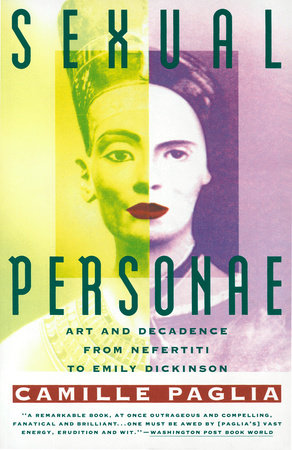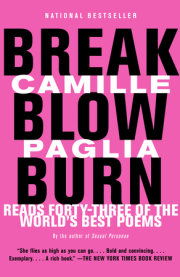List of Illustrations
Preface
Acknowledgments
Chapter 1 Sex and Violence, or Nature and Art
Chapter 2 The Birth of the Western Eye
Chapter 3 Apollo and Dionysus
Chapter 4 Pagan Beauty
Chapter 5 Renaissance Form: Italian Art
Chapter 6 Spenser and Apollo: The Faerie Queene
Chapter 7 Shakespeare and Dionysus: As You Like It and Antony and Cleopatra
Chapter 8 Return of the Great Mother: Rousseau vs. Sade
Chapter 9 Amazons, Mothers, Ghosts: Goethe to Gothic
Chapter 10 Sex Bound and Unbound: Blake
Chapter 11 Marriage to Mother Nature: Wordsworth
Chapter 12 The Daemon as Lesbian Vampire: Coleridge
Chapter 13 Speed and Space: Byron
Chapter 14 Light and Heat: Shelley and Keats
Chapter 15 Cults of Sex and Beauty: Balzac
Chapter 16 Cults of Sex and Beauty: Gautier, Baudelaire, and Huysmans
Chapter 17 Romantic Shadows: Emily Bronte
Chapter 18 Romantic Shadows: Swinburne and Pater
Chapter 19 Apollo Daemonized: Decadent Art
Chapter 20 The Beautiful Boy as Destroyer: Wilde's The Picture of Dorian Gray
Chapter 21 The English Epicene: Wilde's The Importance of Being Earnest
Chapter 22 American Decadents: Poe, Hawthorne, Melville
Chapter 23 American Decadents: Emerson, Whitman, James
Chapter 24 Amherst's Madame de Sade: Emily Dickinson
Notes
Index









